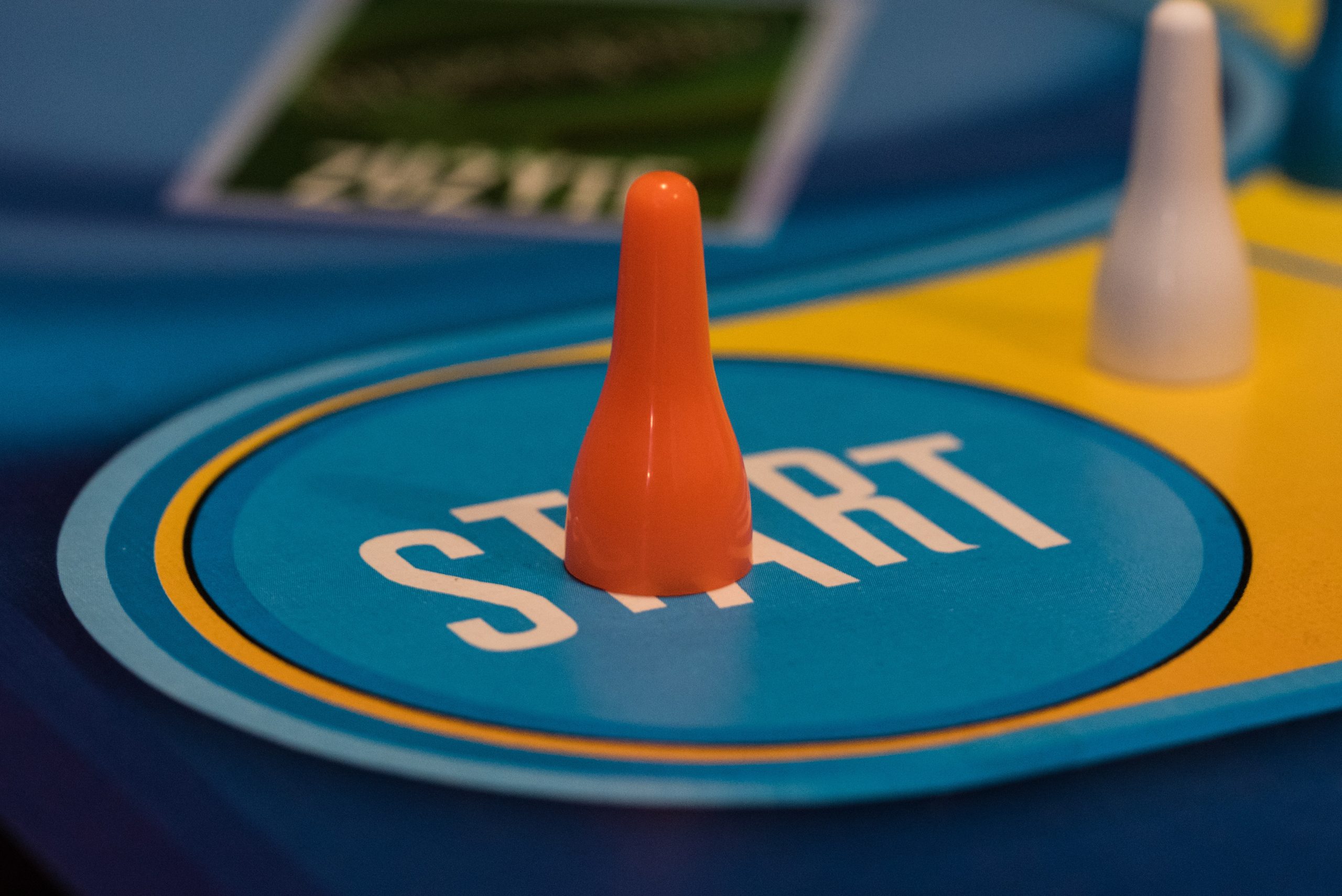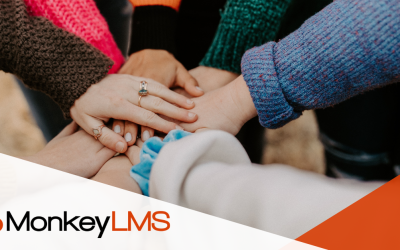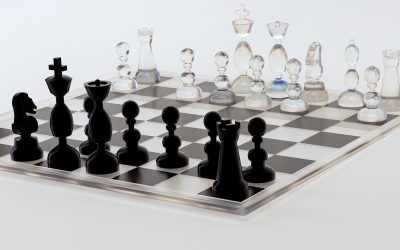“Gamification is the craft of deriving all the fun and engaging elements found in games and applying them to real-world or productive activities. This process is what I call “Human-Focused Design,” as opposed to “Function-Focused Design.” It’s a design process that optimizes for human motivation in a system, as opposed to pure efficiency.” – Yu-kai Chou1
Consider the challenges and goals of your business. How can we encourage staff to work more productively or provide better quality service? How can we increase sales? How can we generate more leads? Whatever your business conundrum, do you think you can solve it… with games?
Leading gamification pioneer Yu-Kai Chou tells us that for much of modern history, the business world has been making the wrong assumptions about what drives people — and therefore, what drives our success. Employers expected staff to complete tasks because that was the job; companies expected customers to buy because they offered the products. Maybe this worked in the 1800s, but times have changed.
Welcome to the world of gamification — where your goals, and the goals of your audience come together for incredible results.
What Is Gamification?
“Gamification” is the use of game elements in non-game situations to encourage greater engagement – and better results among staff, customers, business owners, and everybody in between. Innovative organizations are catching on quickly, motivated by the intensely positive results. This isn’t a new wave of trendy video-game inspired websites; it’s a tsunami that’s reinventing the business landscape as we know it.
Game On: Gamification Works Because It Appeals to Human Nature
Why do we play games? They’re fun, sure. But there’s more to it. Games are intensely satisfying, and everyone has the capacity to enjoy them. Chou says gamification is “the craft of deriving all the fun and addicting elements found in games” and applying them to less preferable tasks (for instance, work or research)2. The intent is to not only encourage participation, but to increase the quality of individuals’ contributions.
We respond to gamification because:
- We enjoy the immediate feedback
- We get a sense of accomplishment in knowing where we stand in relation to others.
- We are motivated by short-term goals (e.g. collecting $200 when you pass Go) on our way to the long-term goals (e.g. owning the whole Monopoly board).
- We perform better together in competitive or collaborative environments.
- We get a tangible measurement of our progress.
But will incorporating elements like point scoring, competition, leveling up, and other “fun and addicting” game concepts really help your business achieve better results?
Games are Serious Business: A Case Study
Ford Motor Company of Canada needed to figure out a more effective way to train and motivate sales, parts, and service employees, and to better utilize their resources. They turned to gamification, creating an Employee Education Portal.
Their gamified environment included functionalities that enabled staff to:
- “Gear Up,” or advance to higher levels of performance tasks and missions.
- Earn badges that were displayed in a virtual trophy case.
- See their progress on leaderboards.
- Sustain their learning with trivia challenges.
- Celebrate their accomplishments by creating a virtual Dream Garage.
What happened? The learning portal had a 417% increase in use. By the fifth week, actions per user doubled and total actions increased 60%. Meaning: people logged on and got busy learning immediately – and they enjoyed it so much, they kept at it. This spurred better performance from staff3.
Hungry for more evidence?
- Colorado restaurant Silver Grill Café gamified an employee incentive program. Their goal was to increase the sales of specific menu items (and thus revenue). Employees could play online games, earn points, and even convert those points to dollars. The eatery realized a 66.2% return on their investment4.
- Deloitte implemented gamified training programs, which led to a 50% decrease in training time and a significant increase in long-term engagement5.
- Clothing retailer Moosejaw gamified its gift card sales and created a buying frenzy. Their approach included social sharing, and lots of spending for a 560% ROI6.
Gamification isn’t really about playing games. It’s about getting more done, faster and better, simply by understanding the most effective ways to reach your audience. It’s the mechanism by which you can incorporate fun, motivational elements — the same elements that are proven to help people retain information and learn in larger quantities — to achieve your business goals.
References
- http://www.yukaichou.com/
- http://www.yukaichou.com/gamification-examples/what-is-gamification/#.VYRaI0ZmXko
- http://www.bunchball.com/customers/ford
- www.snowfly.com/wp-content/uploads/pdf/Silver_Grill_CaseStudy_2011.pdf
- http://www.huffingtonpost.com/george-bradt/how-salesforce-and-deloit_b_3539563.html
- http://www.targetmarketingmag.com/post/power-play-gamification-changes-customer-engagement/2/





